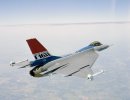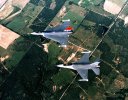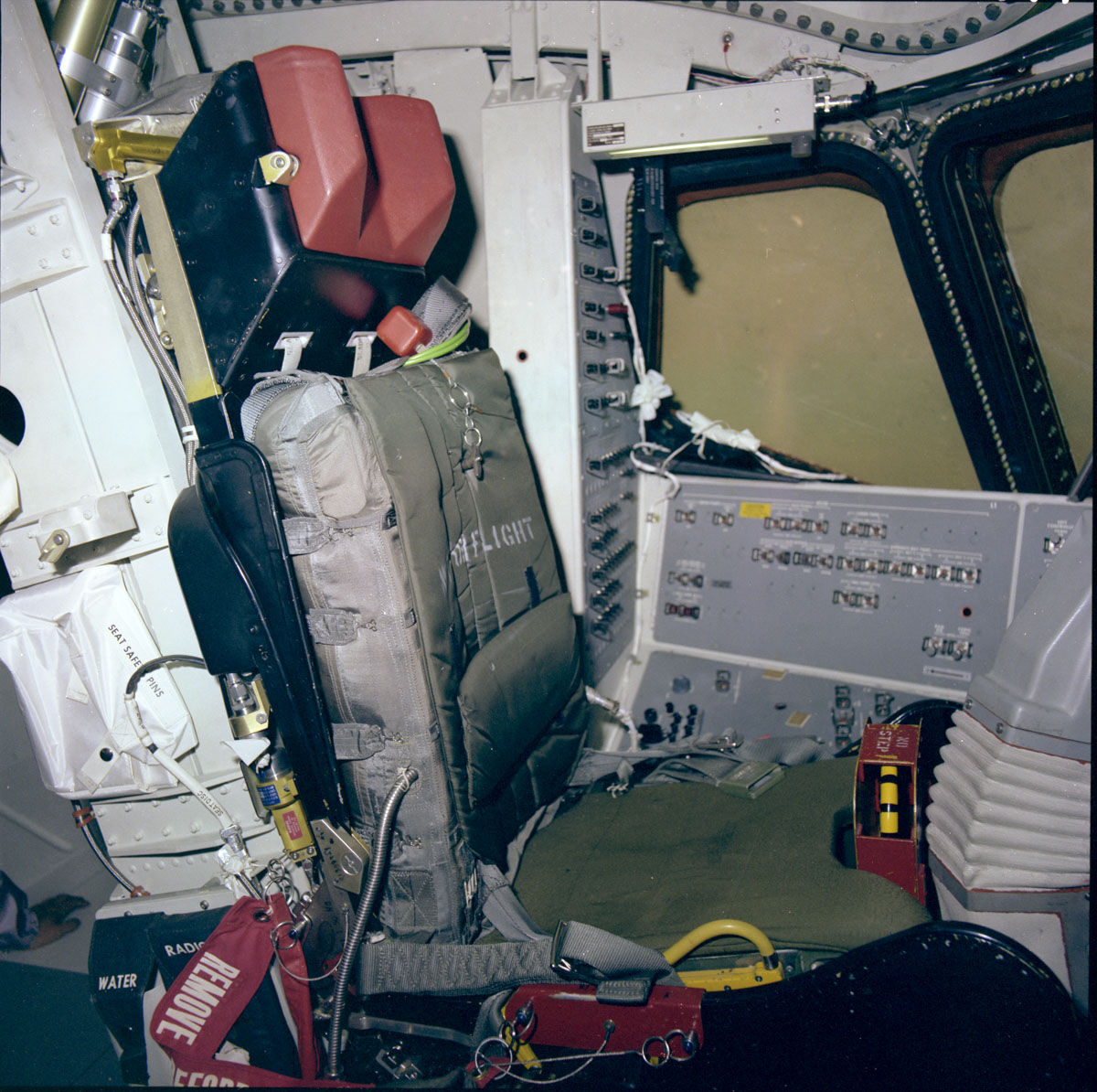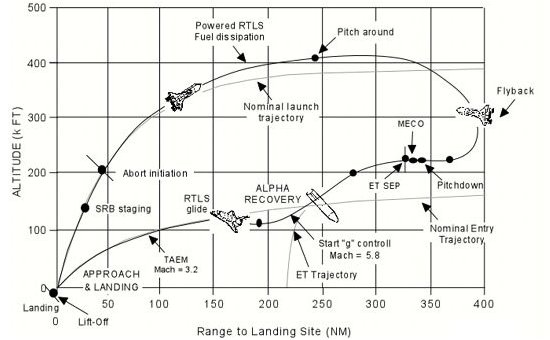What was the proposed mission?
http://en.m.wikipedia.org/wiki/Lockheed_XH-51
Research into rigid rotor systems circa the 1960s. Almost all new design helicopters since the late 90s now have rigid systems.
What was the proposed mission?
http://en.m.wikipedia.org/wiki/Lockheed_XH-51
Research into rigid rotor systems circa the 1960s. Almost all new design helicopters since the late 90s now have rigid systems.
The question is: is there a physical limitation on the size of a rigid rotor? I do not know of any rigid rotor systems over 20,000 lbs.





Big brass ones to strap one of these on.
favorite airplane of all time......and agreed. Though I think the ballsiest test flight in the history of the world might have been STS-1/Young/Crippen. Once those SRB's lit, they either made it to wheel stop at the end, or were dead. I suppose the same could be said for every other shuttle crew as well, but it took some real balls to just strap in and do the full meal deal without any real incremental testing, aside from the approach/landing tests.

I can't remember if Young or Crippen was the one who was interviewed about the ejection decision. Apparently anytime they were in the seat's envelope, they would have been ejecting through the exhaust of the SRBs, so words to the more tactful effect of "Fuck no."Yeah...but they had ejection seats. Wouldn't that have been a hell of a ride?
The NASA line for why they removed the "Bang" seats was the trepidation of having explosives in the crew compartment............although, from talking to astronauts during my time in Houston, the real reason was there was no way to eject a full crew of 5. After Challenger, they put in a pole that extended out of the hatch that the crew would attach to and slide clear of the orbiter stack and deploy chutes...........nobody, including the designer of the system thought it would work, but it made the public feel better.Yeah...but they had ejection seats. Wouldn't that have been a hell of a ride?
The NASA line for why they removed the "Bang" seats was the trepidation of having explosives in the crew compartment............although, from talking to astronauts during my time in Houston, the real reason was there was no way to eject a full crew of 5. After Challenger, they put in a pole that extended out of the hatch that the crew would attach to and slide clear of the orbiter stack and deploy chutes...........nobody, including the designer of the system thought it would work, but it made the public feel better.
And then there's the Return to Launch Site Abort, what John Young called "continuous miracles interspersed with acts of God." FTA:The pole was only meant to work if the orbiter jettisoned the SRBs and ET, and was flown into a nice, gentile glide at ~200 knots. Even if you managed to get into the envelope after a launch failure (unlikely), you would still have to slide down the pole and pray that you have enough clearance under(!) the wing. I think I would take my chances ditching...
That flight profile looks like something straight out of Kerbal Space Program.Early in the Shuttle Program, NASA management felt that an intentional RTLS was a necessary first step in proving the validity of the shuttle concept. In fact, STS-1 was planned as an RTLS flight. Commander Young dissented rather poetically, “Let’s not practice Russian roulette, because you may have a loaded gun there.”
Mr. Young’s opinion certainly carried much weight. We’re not talking about some risk-averse, desk jockey statistician. This is a man who made peace with the risks of travelling to, and walking on the moon. Yet, he found RTLS a bit too much for his taste. It’s a little like Spinal Tap telling you to turn your music down!
That flight profile looks like something straight out of Kerbal Space Program.

Kerbal Space Program
